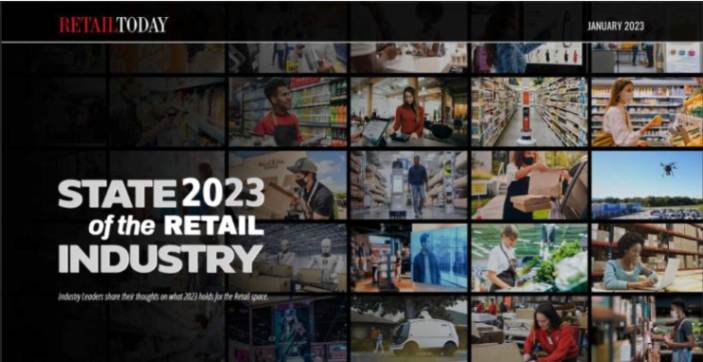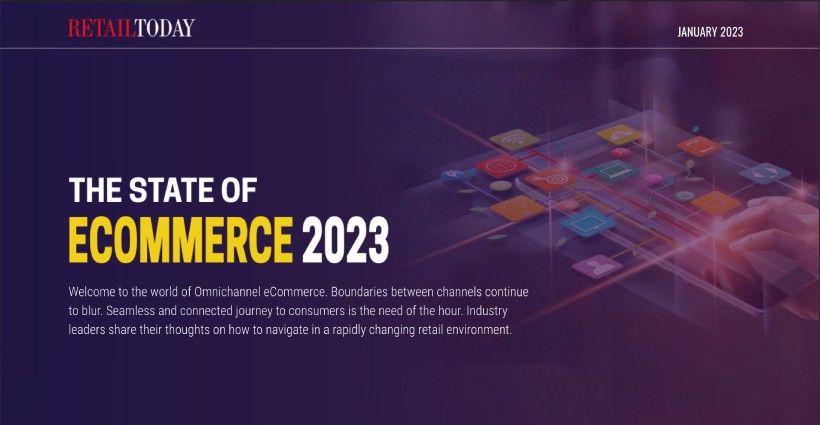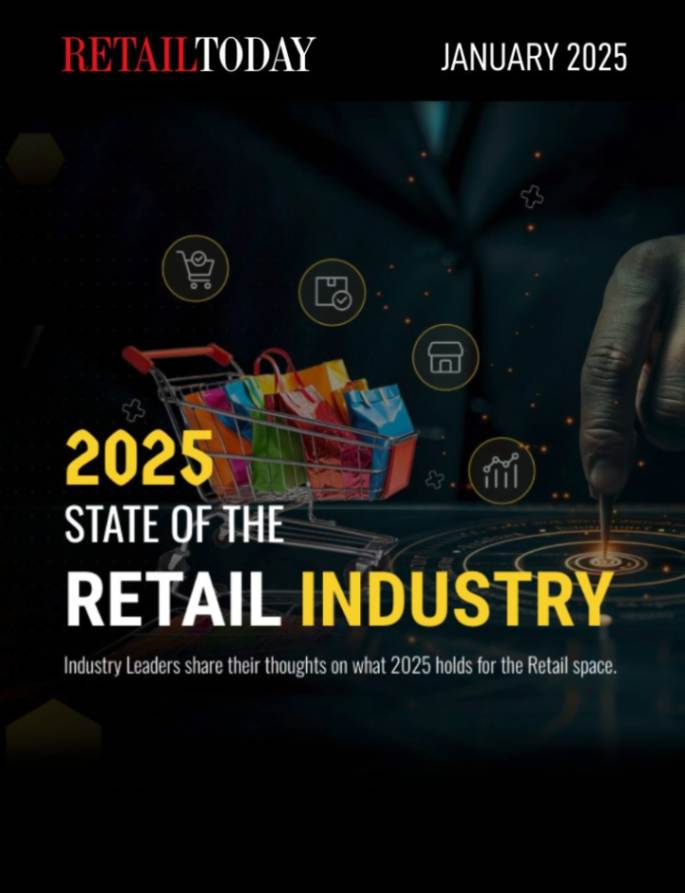
No longer is it supply shortages that are taunting retailers, but in fact, it’s their excess inventory. Retailers have been hamstrung by historic inflation rates that have shifted consumer spending away from discretionary items, leaving businesses with a surplus of merchandise. While demand for items such as home goods and furniture skyrocketed during the pandemic, orders for the latter of these had dropped by 41% from the previous year.
Many companies were left holding excess inventory, and the scramble for warehouse space saw price hikes reflecting the demand. Storage rates remain at an unprecedented premium due to dwindling warehouse premises. This is especially true for space-intensive wares such as appliances, furniture, and large electronics. So holding onto the inventory isn’t an option, and landfills are certainly not a sustainable tactic. It’s clear the options for handling excess inventory aren’t in retailers’ favor.
Selling to discounters vs. selling through re-commerce platforms
While there are a few benefits of tapping large discounters to help solve excess inventory—typically because they help maintain brand recognition in the eyes of consumers—there are other problems retailers must contend with.
The biggest one is fixed prices that don’t generate competition. While large discounters can offer retailers and manufacturers consistent, predictable recovery via pre-negotiated prices and annual or multi-year contracts, this leaves sellers boxed in. With potential recovery on high-demand items effectively capped by pre-negotiated rates, retailers are forced to leave money on the table. The best price an open market will supply isn’t going to come from large discounters. Additionally, reliance on a single buyer can leave sellers with no outlet for their goods if the market dives. Having thousands of buyers competing for inventory provides sellers with the highest return value and better insulates them from market disruptions.
An ad-hoc approach to solving inventory problems isn’t sustainable.
Through data analysis, most retailers have come to understand that leveraging technology is key to achieving reverse logistics goals of maximizing recovery on surplus goods and reducing costs through operational efficiency.
Velocity is another important metric of inventory management. Getting unsold inventory off of profit and loss reports as quickly as possible is as important as maximizing the recovery. This is why working with large discounters has become the norm. However, it’s a very manual process that limits retailers to a very small number of buyers, which ultimately reduces recovery for a seller.
Adopting a tailor-made re-commerce strategy
Re-commerce platforms help retailers gain value recovery velocity through tracking and analyzing sales trends, enabling them to create data-backed strategies for achieving their asset recovery and velocity goals. Further, they connect retailers with a large, diverse, and ever-growing buyer base, ensuring year-round demand for unsold and returned inventory, regardless of category, condition, quantity, or location. Not only does a competitive environment fetch the highest willingness to pay, it encourages buyers to act quickly, helping sellers clear space for additional savings on the rising cost of warehouse storage.
Re-commerce as a service turns a necessary inconvenience—dealing with excess inventory—into a more sustainable and efficient process for retailers.
Marcus Shen is the CEO of B-Stock, a B2B online marketplace for excess and returned, inventory overstock, and liquidation merchandise for U.S. retailers. Prior to B-Stock, Shen was CFO and Head of Operations of Content Analytics, an e-commerce analytics solution for retailers and brands. And before that, he was at Yahoo!, where he was Vice President of Corporate Development with strategic and operational responsibility for the company’s acquisitions, investments and key partnerships. Shen earned a bachelor’s degree in economics from the University of California, Berkeley, and an MBA from the Marshall School of Business at USC.






